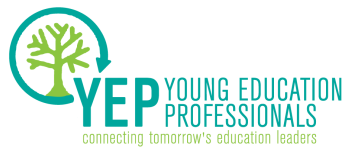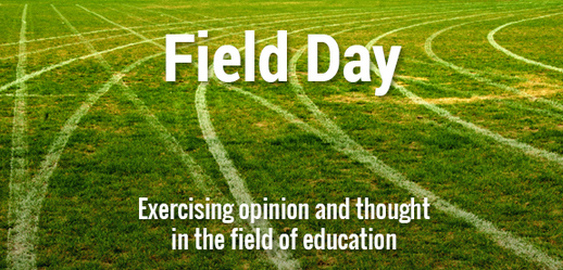 Dozens of breakout sessions were offered. (Credit: Jeremy Meredith)
Dozens of breakout sessions were offered. (Credit: Jeremy Meredith) "It's about giving students different options and letting them pick what's right for them," Candice Mott, a career and technical educator in Prince George's County Public Schools, said during a session she facilitated on aligning school curriculum to career and industrial pathways. By doing so, Mott says, her students gain more satisfaction and confidence in the fields that interest them.



 RSS Feed
RSS Feed